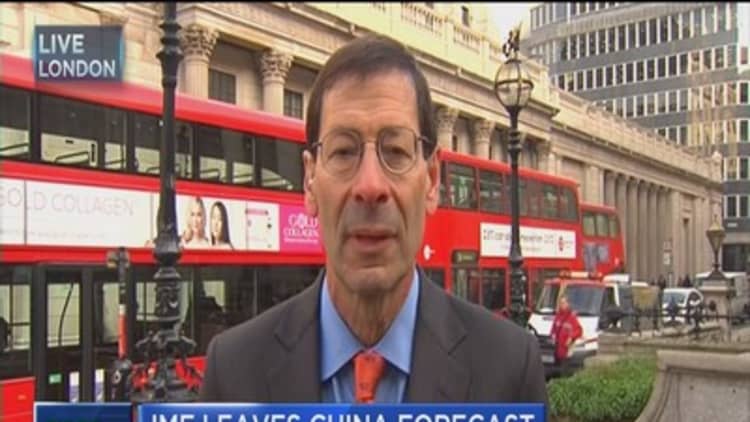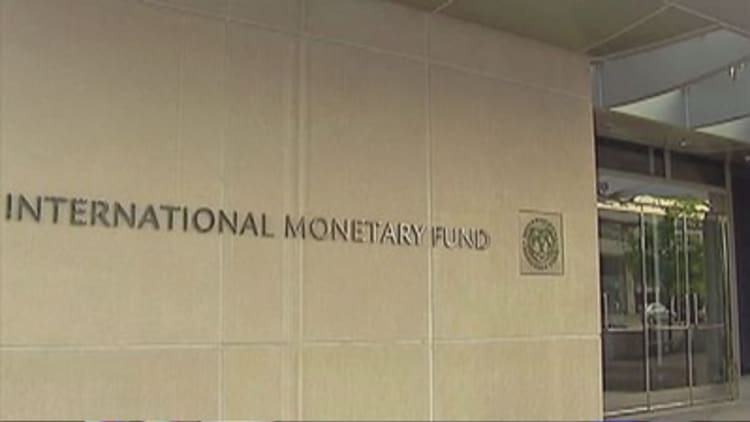


Despite cutting its global growth forecast for the year, the International Monetary Fund doesn't see China's growth slowing in 2016 more than the IMF had predicted, its chief economist said Tuesday.
The IMF held its 2016 growth target at 6.3 percent for China in its updated World Economic Outlook, which was released Tuesday.
"In the advanced economies group, we do see an uptick for 2016 and 2017, but less of one than we would've predicted three months ago," IMF economist Maurice Obstfeld told CNBC's "Worldwide Exchange."
"When we forecasted China back a year ago," he continued, "we were pessimistic relative to markets, and I think our forecasts have pretty much turned out to be right."
At a news conference, Obstfeld said he believes the markets may be overreacting to news out of China and tumbling oil prices.
Read More IMF cuts global outlook, sees 'gradual' growth in 2016
Still, the IMF said it has concerns about the global economy, which caused it to reduce its overall growth forecast for the next two years. This is its third cut to global growth forecasts in less than a year.
The Washington-based organization blamed the weaker outlook primarily on the emerging markets. "They're facing continuing challenges from low commodity prices, in particular oil prices" and geopolitical tensions in some countries, Obstfeld said.
The U.S. is also behind the downgrade, Obstfeld added, citing two main points: "The very strong strengthening of the dollar, which has been putting pressure on manufacturing and trade, … and the response of investment in the energy sector, associated with low oil prices."
The organization does see fundamental strength in the U.S. economy, and Obstfeld remains confident when considering U.S. consumer contributions.


